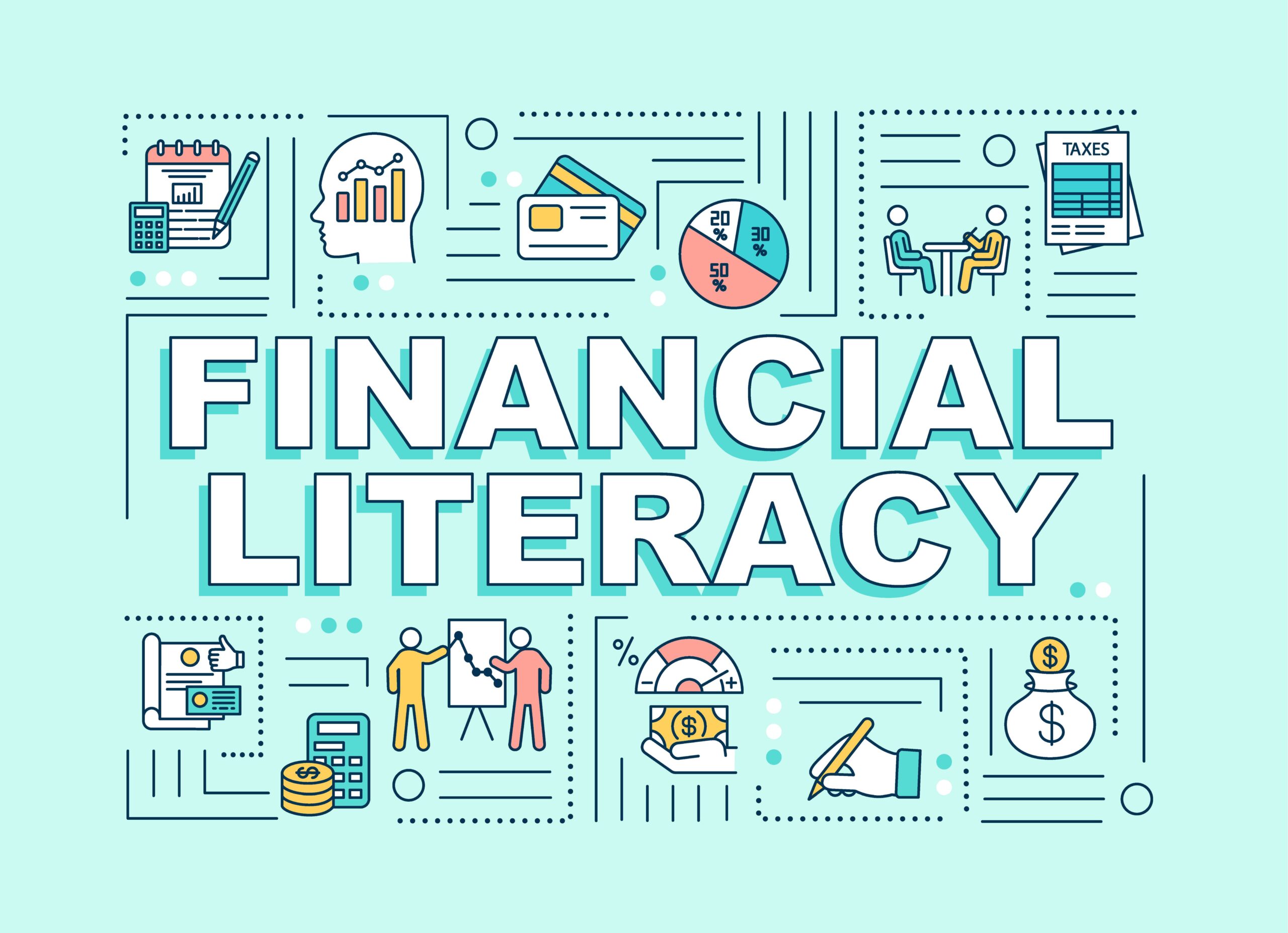Your cart is currently empty!
Category: Financial Literacy
-

If you’re a high earner, a savvy saver, or someone staring down a large tax-deferred retirement account, you may have felt locked out of the incredible benefits of a Roth IRA. With its tax-free growth and tax-free withdrawals in retirement, the Roth is a powerful wealth-building tool. But what if there were secret passages—”backdoors”—to get…
-

When it comes to retirement planning, tax strategy can be just as important as investment performance. One of the most powerful tools for reducing your future tax burden and creating long-term flexibility is the Roth conversion. By moving funds from a traditional, tax-deferred retirement account into a Roth account, you can pay taxes now and…
-

When you hit age 73 (if you were born between 1951 and 1959) or 75 (if you were born in 1960 or later), Uncle Sam wants his cut of your tax-deferred retirement savings. That’s where Required Minimum Distributions, or RMDs, come in. These mandatory withdrawals from IRAs, 401(k)s, and other retirement accounts can cause a…
-

Here’s a blog post tailored for retirees, based on the latest and most reliable information about reverse mortgages from trusted sources like AARP and the National Council on Aging: As retirement unfolds, many older adults find themselves rich in home equity but short on liquid cash. If you’re 62 or older and own your home—or…
-

Are you ready to take control of your financial future? Whether you’re planning for retirement, navigating the complexities of taxes, or simply looking to make smarter investment decisions, it’s crucial to stay informed and proactive. In this blog post, we’ll explore the most significant financial strategies you can implement right now to secure a brighter…
-

Improving financial literacy is a crucial step towards achieving financial stability and security. This comprehensive guide will cover various aspects of financial literacy and retirement planning, providing practical advice and strategies to enhance your understanding and management of personal finances. Introduction to Financial Literacy Financial literacy involves understanding and effectively using various financial skills, including…
